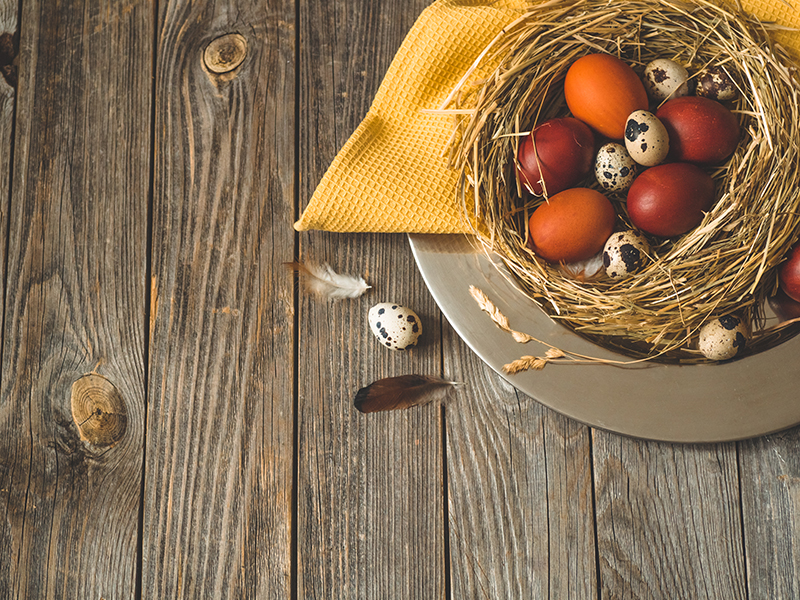Folklore group "Uosinta" invites you to Easter celebration
 Easter Sunday, the first Sunday after Easter, marks the end of Holy Easter Week and the beginning of farming work. It is a children's festival, which is why it is also known as Children's Easter. On this day, children would visit their godparents to receive Easter eggs, adults would visit relatives they hadn’t had the chance to see on Easter, and young people would play games, swing on swings, roll Easter eggs, select the strongest egg, have delicious cakes and wait for the arrival of the Easter Bunny.
Easter Sunday, the first Sunday after Easter, marks the end of Holy Easter Week and the beginning of farming work. It is a children's festival, which is why it is also known as Children's Easter. On this day, children would visit their godparents to receive Easter eggs, adults would visit relatives they hadn’t had the chance to see on Easter, and young people would play games, swing on swings, roll Easter eggs, select the strongest egg, have delicious cakes and wait for the arrival of the Easter Bunny.
The eggs are called Easter eggs. The colours of the Easter eggs had symbolic meanings: black represented earth, red represented life and fertility, green represented vegetation, blue represented the sky, good weather and hope, and yellow and brown represented a bountiful harvest. All the elements of the ornaments are also significant: the sun – hope for a warm and sunny year, the spiral – a sign of movement, energy and vitality, the serpent – life awakening in spring.
 The Lithuanian Private Equity and Venture Capital Association (LT VCA) in cooperation with Vilnius University (VU), for the second year in a row, is organising the course "Breaking into the Finance World: Private Equity and Venture Capital" for VU students, alumni, and other industry players.
The Lithuanian Private Equity and Venture Capital Association (LT VCA) in cooperation with Vilnius University (VU), for the second year in a row, is organising the course "Breaking into the Finance World: Private Equity and Venture Capital" for VU students, alumni, and other industry players.




